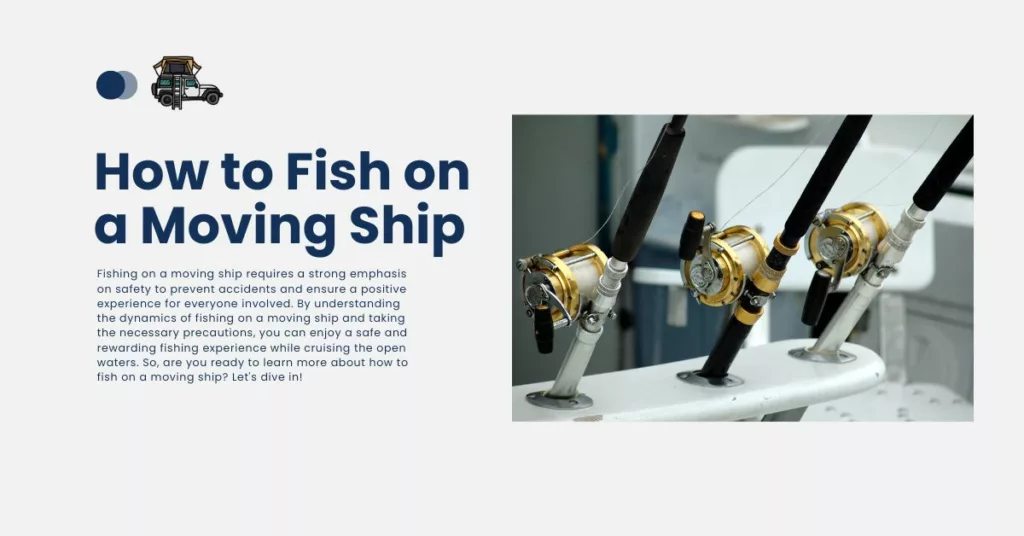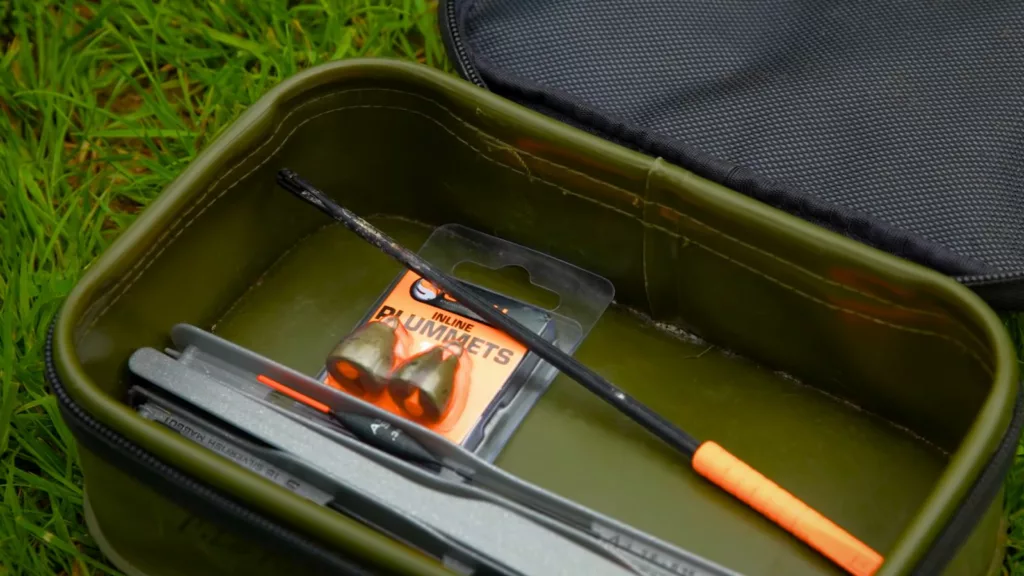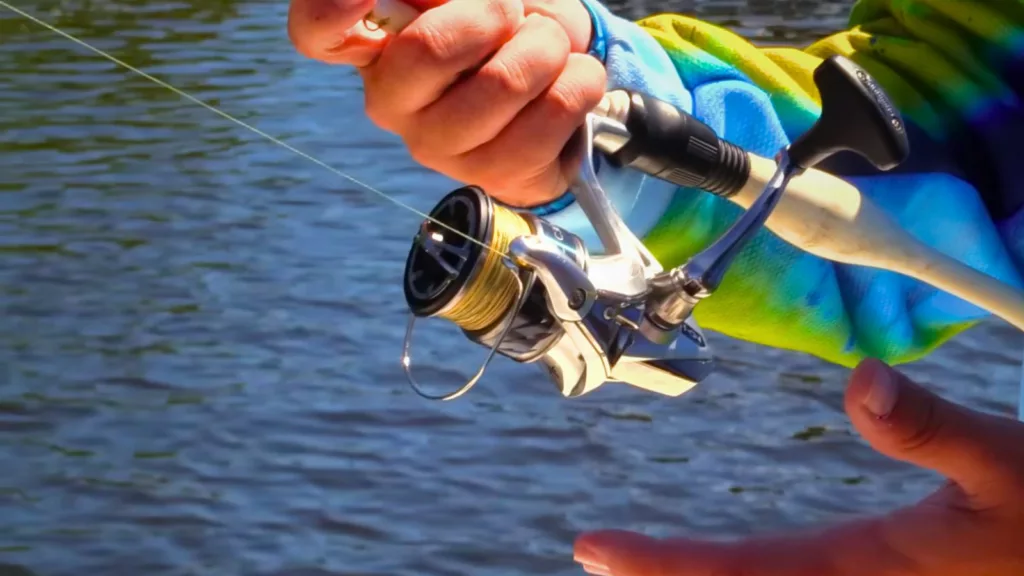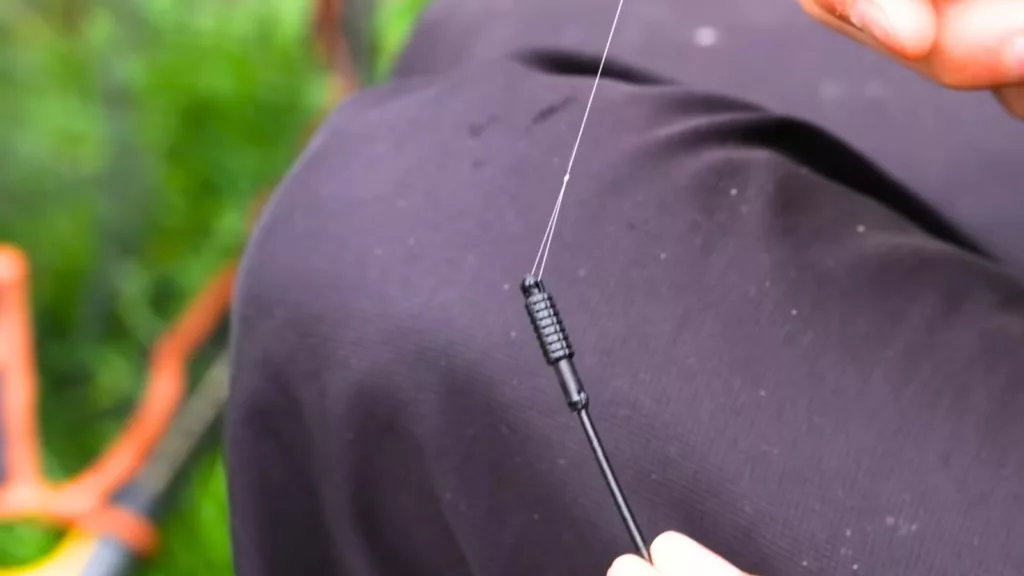
Want to learn How to Fish on a Moving Ship? Fear not, as there are ways to improve your success on board and learn how to fish effectively while the ship is moving.
Fishing on a moving ship requires a strong emphasis on safety to prevent accidents and ensure a positive experience for everyone involved. By understanding the dynamics of fishing on a moving ship and taking the necessary precautions, you can enjoy a safe and rewarding fishing experience while cruising the open waters. So, are you ready to learn more about how to fish on a moving ship? Let’s dive in!
Key Takeaways
- Understanding the basics of fishing on a moving ship is crucial to your success.
- Essential equipment, such as braided fishing lines and appropriate lures, can make a significant difference in your catch.
- Adapting to conditions and taking safety measures are essential for a safe and enjoyable fishing experience.
Understanding the Basics

So, It may sound challenging, but with the right techniques and equipment, you can catch some prized fish while on board. This section will cover the basics of fishing on a moving ship, including fishing techniques and the types of fish you can catch.
Fishing Techniques
There are several fishing techniques that you can use while on a moving ship. Some of the most common techniques include trolling, bottom fishing, drift fishing, and vertical jigging.
- Trolling involves dragging lures or baits behind the moving ship at a slow speed. This technique is effective for catching fast-swimming fish like tuna and mackerel.
- Bottom fishing involves dropping your bait or lure to the bottom of the ocean and waiting for fish to bite. This technique is effective for catching bottom-dwelling fish like snapper and grouper.
- Drift fishing involves casting your line and letting it drift with the current. This technique is effective for catching fish that are suspended in the water column.
- Vertical jigging involves dropping a heavy lure to the bottom of the ocean and then rapidly retrieving it. This technique is effective for catching fish that are feeding on the bottom, like grouper and snapper.
Types of Fish
The types of fish you can catch while on a moving ship will depend on the location and season. Some of the most common fish species that you can catch include tuna, mackerel, sailfish, and more.
- Tuna are fast-swimming fish that can be caught using trolling techniques. They are popular game fish and are prized for their meat.
- Mackerel are also fast-swimming fish that can be caught using trolling techniques. They are smaller than tuna but are still popular game fish.
- Sailfish are one of the fastest fish in the ocean and can be caught using trolling techniques. They are also popular game fish and are known for their acrobatic jumps and long runs.
Now that you have a basic understanding of fishing on a moving ship, it’s time to get out there and start fishing! Remember to always use the right equipment and techniques for the type of fish you are targeting. Happy fishing!
Essential Equipment

When fishing on a moving ship, having the right equipment is crucial for success. Here are some essential pieces of equipment to consider:
Baits and Lures
Choosing the right bait or lure is key to catching fish on a moving ship. Live bait such as baitfish or cut bait can be effective, but artificial lures like spoons can also work well. When selecting a lure, consider the type of fish you are targeting and the water conditions. Brightly colored lures can be more visible in murky water, while more natural colors may be better in clear water.
Choosing Your Fishing Spot
Finding the right fishing spot can make all the difference when fishing on a moving ship. Look for areas with a variety of underwater features, such as drop-offs or structures, that can attract fish. Pay attention to water depth currents and eddies, as these can also affect where fish are likely to be located. Experiment with different spots until you find one that works well for you.
Regarding equipment, consider using medium to heavy-action fishing rods and reels that can handle larger fish and withstand the ship’s movement. A braided line can also be a good choice, as it is strong and durable. Terminal tackle such as hooks and sinkers should also be chosen based on the type of fish you are targeting.
Casting Techniques

Casting while on a moving ship can be challenging, but with the right techniques, you can make accurate and effective casts. Here are some tips to help you improve your casting skills:
Adjust your casting technique
The ship’s motion can affect your casting accuracy and distance. To compensate for the movement, try to cast into the direction of the ship’s movement. This will help minimize the impact of the wind and ensure a more accurate presentation of your bait or lure.
Use the right casting range
The restricted casting range due to the ship’s movement calls for strategic positioning and accurate casting techniques. To avoid casting too far or too short, practice your casting skills before you go fishing on a moving ship. You can also use a shorter rod to make more controlled and accurate casts.
Consider the wind and water conditions
The wind and water conditions can also affect your casting accuracy. If the wind is blowing against the direction of the ship’s movement, it can make it harder to cast accurately. Similarly, if the water is choppy, it can make it harder to see your bait or lure, making it more difficult to determine the right casting range.
Be patient and persistent
Fishing on a moving ship can be frustrating at times, but it’s important to stay patient and persistent. Keep practicing your casting technique and adjust your approach as necessary. Remember, the more you practice, the better you’ll become.
By following these casting techniques, you can improve your chances of catching fish while fishing on a moving ship. Remember to stay focused, and be patient.
Safety Measures

It’s important to prioritize safety. Here are some safety measures to keep in mind:
Wear Appropriate Safety Gear
Always wear a life jacket or personal flotation device (PFD) while fishing on a moving ship. Make sure it fits properly and is in good condition. In the event of an unexpected fall or emergency, wearing a PFD can be a life-saving precaution. Additionally, wear non-slip shoes to prevent slipping on wet surfaces.
Stay Alert
Be aware of your surroundings and avoid standing near the edge of the ship or in areas with heavy equipment. Always follow the instructions of the ship’s crew and be mindful of other passengers.
Secure Your Equipment
Keep your gear organized and out of the way to prevent tripping hazards. Secure your fishing rod and other equipment to prevent them from falling overboard.
Dress Appropriately
Dress for the weather and conditions. Wear layers to stay warm and protect yourself from the sun. Bring rain gear if necessary.
Other Safety Considerations
Here are some additional safety considerations to keep in mind:
- Never fish alone on a moving ship.
- Avoid casting near other passengers or crew members.
- Use caution when handling hooks and other sharp objects.
- Keep a first aid kit on board in case of injury.
By following these safety measures, you can enjoy a safe on a moving ship.
Adapting to Conditions
With some adaptability and the right techniques, you can still catch plenty of fish. In this section, we’ll discuss how to adapt to different conditions while fishing on a moving ship.
Positioning and Drifting
One of the most important things to consider when fishing on a moving ship is your positioning. You want to position yourself in a way that allows you to cast your line effectively and catch fish. This may require some experimentation to find the best spot on the ship.
Drifting is also an important factor to consider. The drift speed, direction, and speed of the ship can all affect your fishing success. You want to position yourself in a way that allows you to drift over the areas where fish are likely to be.
To help you find the best position and drift, consider using a fishfinder or consulting with local experts. They can provide valuable insights on where to find fish and how to position yourself for the best catch.
By taking the time to find the right position and drift, you can increase your chances of catching fish.
Additional Tips and Tricks
Fishing on a moving ship requires some additional tips and tricks to increase your chances of catching fish. Here are some useful tips to keep in mind:
- Stay alert: Keep your eyes on the water and be ready to cast your line at any moment. Fish can appear suddenly, so make sure you’re always prepared.
- Target the right fish: Depending on your location and water conditions, certain types of fish may be more likely to bite. Do some research beforehand to find out what fish are commonly found in the area and adjust your bait and technique accordingly.
- Use fluorocarbon line: Fluorocarbon line is virtually invisible underwater, making it a great choice for fishing on a moving ship. It’s also more sensitive than other types of line, so you’ll be able to feel even the slightest tug on your bait.
- Aim for the fish’s mouth: When casting your line, aim for the fish’s mouth rather than its body. This will increase your chances of hooking the fish and prevent it from escaping.
- Be patient: Fishing on a moving ship can be challenging, so don’t get discouraged if you don’t catch anything right away. Be patient and keep trying different techniques until you find what works best for you.
Remember, fishing on a moving ship requires some extra preparation and skill, but with these tips and tricks, you’ll be well on your way to catching some impressive fish.
Frequently Asked Questions
What are some tips for fishing on a moving ship?
Fishing on a moving ship can be challenging, but with the right tips, you can increase your chances of success. First, make sure you have the right equipment for the job. Invest in quality gear that is appropriate for the type of fishing you plan to do. Second, find a good spot on the boat where you can cast your line and have enough space to reel in your catch. Third, use appropriate bait that will attract the type of fish you want to catch. Finally, be patient and persistent, as it may take some time to get a bite.
What is troll fishing and how does it work?
Troll fishing is a popular method of fishing on a moving ship. It involves dragging a baited line behind the boat at a slow speed, typically between 2 and 4 miles per hour. This method allows you to cover a lot of ground and attract a wide variety of fish. One key to successful troll fishing is to vary the depth of your bait to target different species of fish.
How does drift fishing work on a boat?
Drift fishing involves casting your line into the water and letting it drift with the current. This method is particularly effective for fishing in areas with strong currents or when targeting fish that are suspended in the water column. To drift fish on a boat, you will need to turn off the engine and let the boat drift naturally. Make sure to adjust your bait and line length accordingly to keep it in the strike zone.
What are some techniques for catching fish on a boat?
There are several techniques you can use to catch fish on a boat. In addition to troll and drift fishing, you can also try jigging, which involves dropping a weighted lure to the bottom and then jerking it up and down to attract fish. Another technique is chumming, which involves throwing bait into the water to attract fish. Once the fish are feeding, you can cast your line and reel in your catch.
Is trolling an effective method for fishing on a moving ship?
Yes, trolling is a very effective method for fishing on a moving ship. It allows you to cover a lot of ground and attract a wide variety of fish. However, it is important to vary the depth of your bait and adjust your speed to target different species of fish.
What types of fish are typically caught while fishing on a moving ship?
The types of fish you can catch while fishing on a moving ship will vary depending on your location and the water conditions. Some common species include tuna, marlin, sailfish, mahi-mahi, and wahoo. Make sure to do your research and find out what species are most likely to be found in the area you plan to fish.
